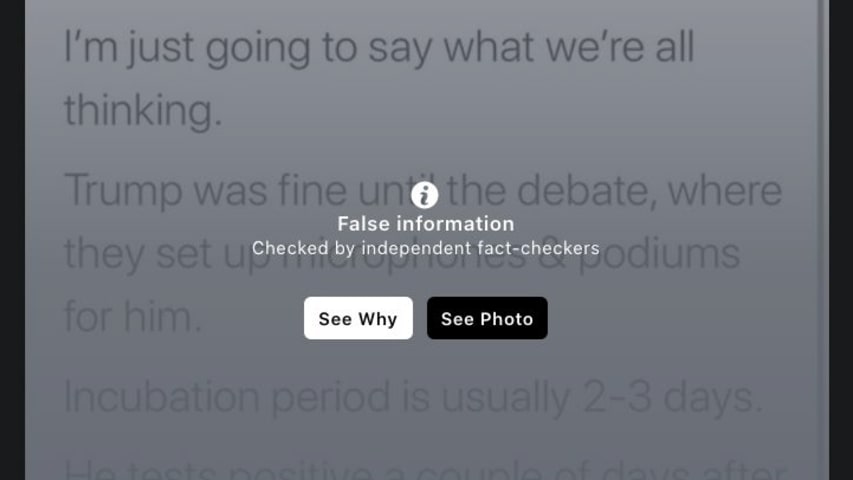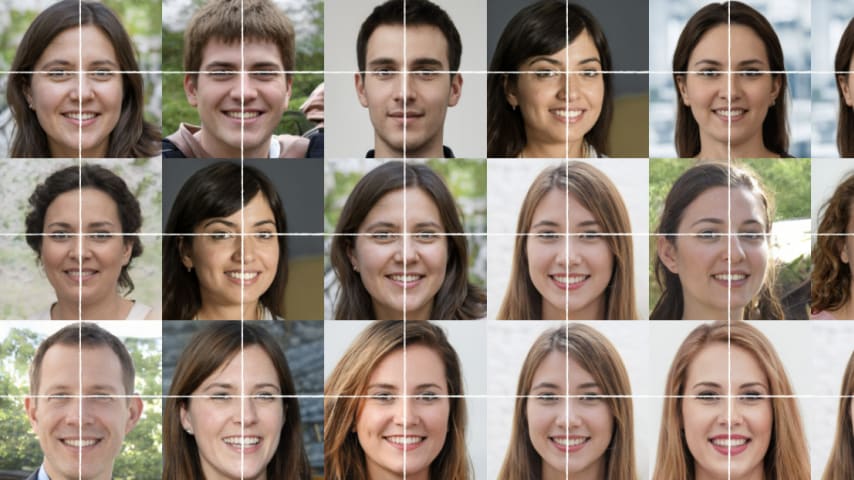CSETv1 分類法のクラス
分類法の詳細Incident Number
84
AI Tangible Harm Level Notes
3.3 - Although there was no tangible harm, the AI was linked to the adverse outcome described in the incident.
Notes (special interest intangible harm)
AI failed to prevent the spread of misinformation
Special Interest Intangible Harm
yes
Date of Incident Year
2019
Date of Incident Month
10
CSETv0 分類法のクラス
分類法の詳細Problem Nature
Robustness
Physical System
Software only
Level of Autonomy
Medium
Nature of End User
Amateur
Public Sector Deployment
No
Data Inputs
User posts
Risk Subdomain
3.1. False or misleading information
Risk Domain
- Misinformation
Entity
AI
Timing
Post-deployment
Intent
Unintentional
インシデントレポート
レポートタイムライン

Something as simple as changing the font of a message or cropping an image can be all it takes to bypass Facebook's defenses against hoaxes and lies.
A new analysis by the international advocacy group Avaaz shines light on why, despite the …
バリアント
よく似たインシデント
Did our AI mess up? Flag the unrelated incidents
よく似たインシデント
Did our AI mess up? Flag the unrelated incidents



